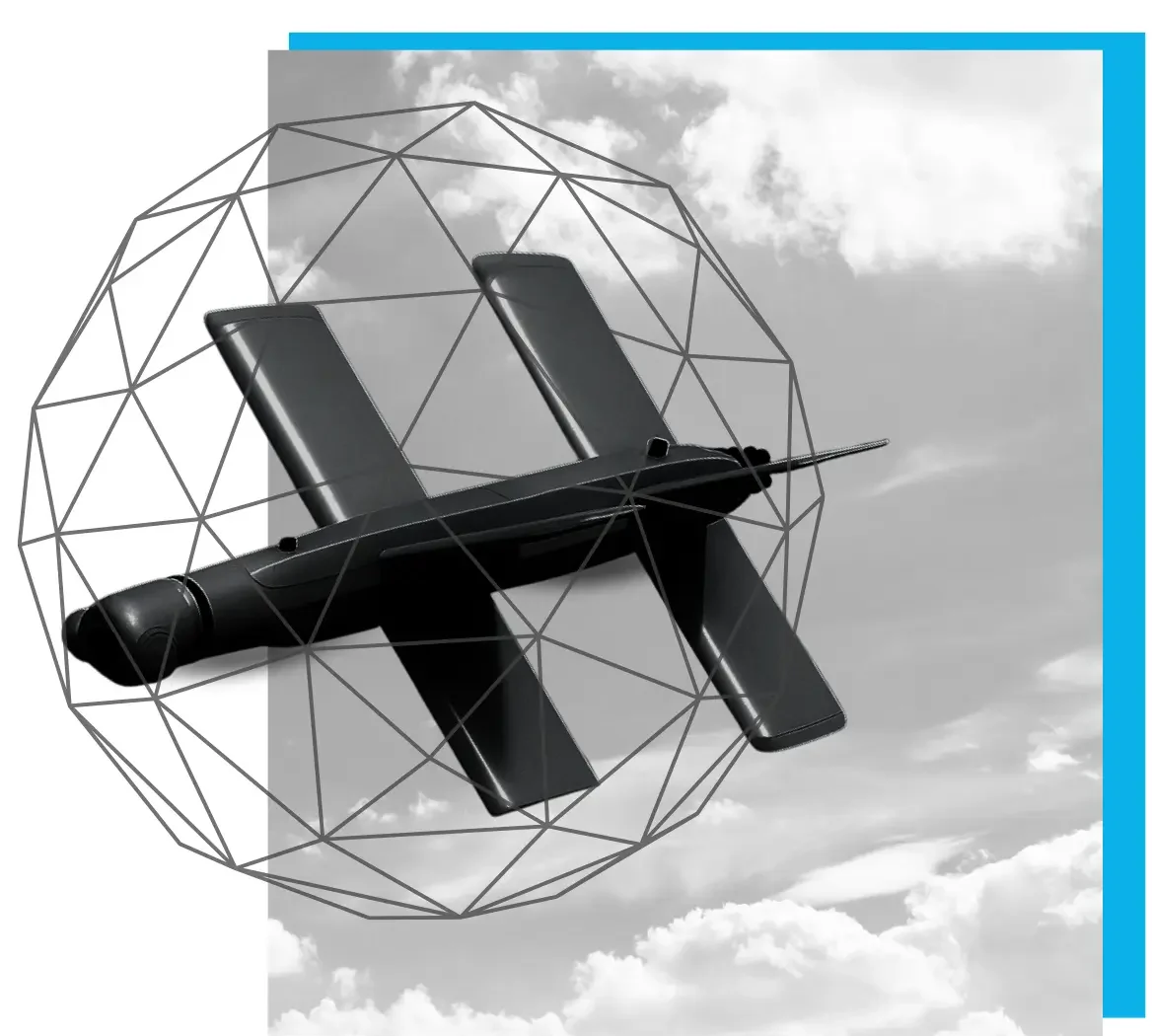
One-way mission applications, including loitering munitions and autonomous UAVs, are designed for high-risk, high-impact operations where return is not an option. These platforms must navigate with extreme accuracy in hostile, GNSS-contested environments, often beyond the reach of traditional communication and support. But as GPS jamming interference continues to escalate, especially across modern conflict zones, these missions face a growing risk of failure.
At infiniDome, we specialize in resilient navigation solutions that protect one-way mission platforms from GNSS interference. Our lightweight, rugged systems ensure continuous signal integrity and targeting accuracy, even under the most extreme electronic warfare conditions. Trusted by leading UAV manufacturers and defense forces, our technology empowers your mission to reach its target with confidence and without compromise.
The Threat: GNSS Interference
Electronic warfare tactics increasingly target loitering munitions with GNSS interference, rendering them ineffective or diverting them away from their intended targets. Without protection, a high-value munition may fail to strike, causing operational failure and risking friendly forces.
Proven in Real-World Combat
infiniDome’s technology is already deployed with leading defense forces and UAV manufacturers. Our systems have been battle-proven in high-interference zones, ensuring loitering munitions complete their mission, even under GNSS-denied conditions.


Ensuring Your Navigation Starts Here!
We develop GPS protection and resilient navigation solutions tailored to defend UAVs and vehicles from jamming attacks.
Today we’re disrupting GPS protection for UAVs for defense/HLS and will do the same for delivery drone protection tomorrow.

2022 InfiniDome. All rights reserved.